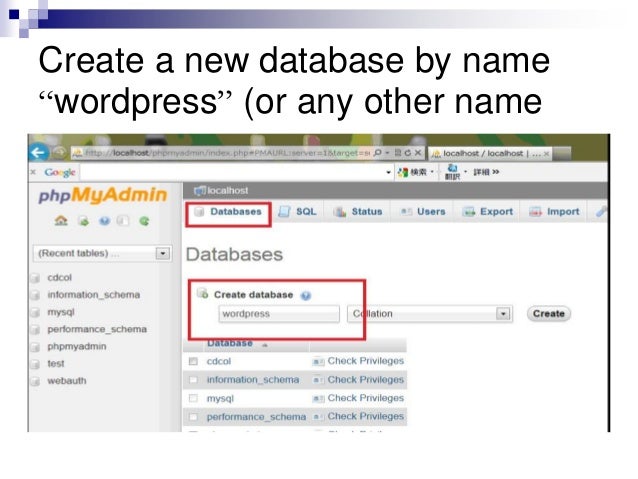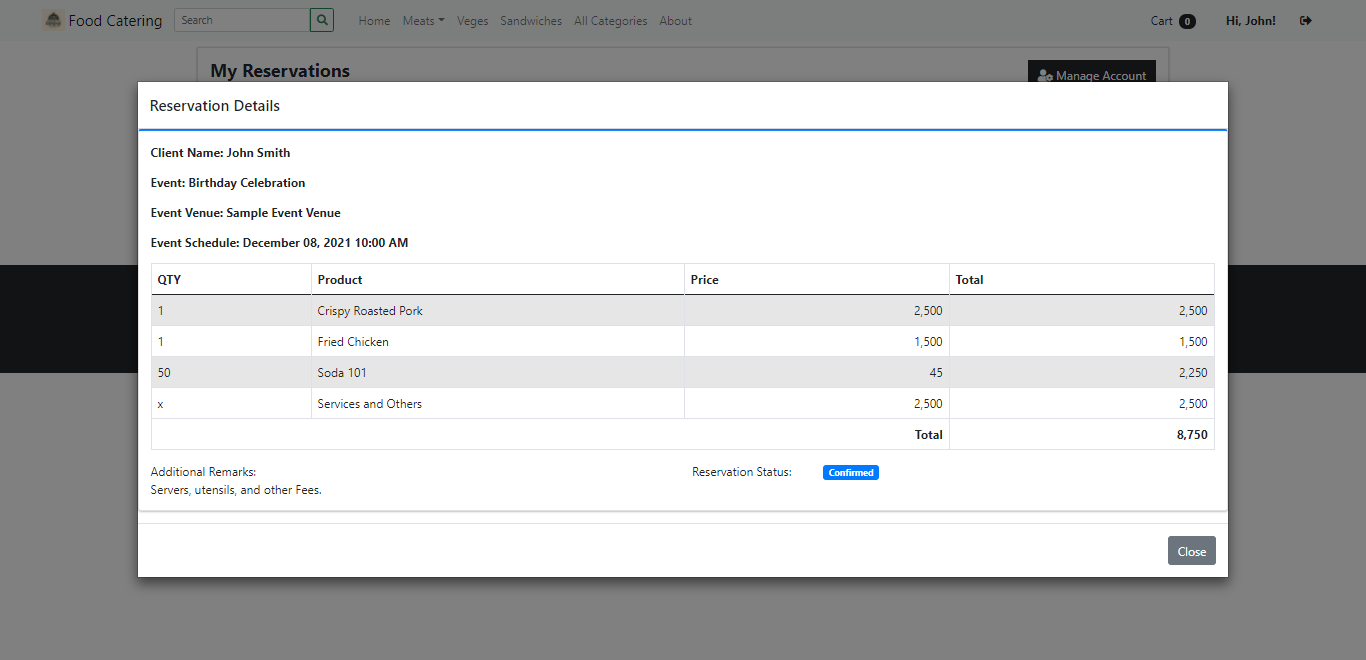
X stands for cross-platform compatibility, A (Apache web server), M ( MySQL database), P(PHP), P (Perl).

XAMPP INSTALLATION SOFTWARE
XAMPP is a software packet which contains four key components i.e. But if there’s a problem installing XAMPP MySQL then you may seek professional help and that’s where precisely this blog post will help you.

After you finish the setup steps, your application would be accessible on your local PC.We all know the purpose of installing XAMPP on a computer is to achieve a local platform to develop and test a web app locally before making it live.
XAMPP INSTALLATION PASSWORD
If you haven't changed the security settings of Xampp, you should enter "root" as the database username and leave the database password empty when prompted. In our case, the URL would be localhost/test … You should see the page below. Once you are done generating the application, switch to your browser, type localhost/ followed by the subfolder name you entered when generating your AppGini application in the steps above. Use hyphens or underscores instead of spaces. You should avoid using spaces (and capital letters) in the folder name.

Even if there is no subfolder named "test", it would be automaically created. So, let's add "\test", for example, to the folder path. Usually, we don't want to generate our application directly into the document root itself, but rather to a subfolder of it. For the default installation of Xampp, this would be "C:\Xampp\htdocs". When asked to specify the output folder for the application, let's browse to the document root folder. Now, let's open our project in AppGini and generate our application by clicking the magic wand icon. If everything was installed correctly, you should see a page similar to the one below. We only need to start Apache and MySQL for the purposes of this tutorial.Īfter starting Apache and MySQL, navigate to in your browser. You can use the Xampp Control Panel to start/stop any components. Once the installation is complete, you will find Xampp under Start > Programs > Xampp.

XAMPP INSTALLATION INSTALL
Using the installer version (method A) is the easiest way to install XAMPP.Īfter downloading, start installing Xampp by following the installation steps as shown below. We recommend downloading Xampp installer with the latest version of PHP (was 5.5 at the time of authoring this tutorial) by clicking on the link shown in the screenshot below. The first step is to download the latest version of Xampp installer for Windows, from. Note: All of the above tools are free and open source software. Fortunately, there is an easier way: download and install Xampp, a single download that takes care of all the necessary work in one shot. Of course, installing and configuring all of these programs is a lot of headache. To do so, you need to install a web server, MySQL, and PHP. You can test your AppGini-generated web applications on a local machine before deploying them online.


 0 kommentar(er)
0 kommentar(er)
